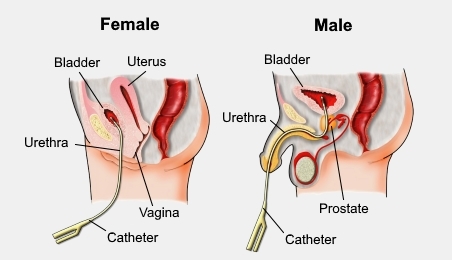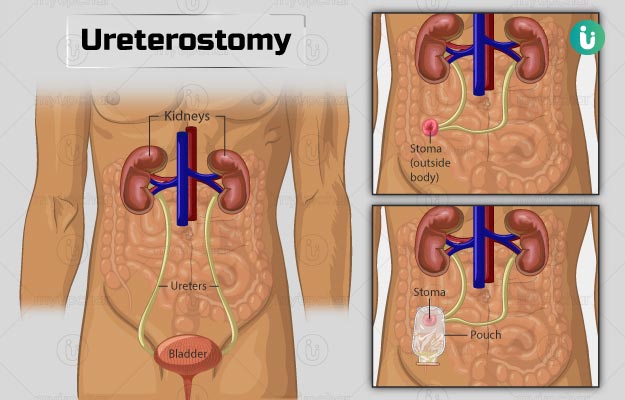DHO Chapter 22 Terms
5.0(2)
Card Sorting
1/44
There's no tags or description
Looks like no tags are added yet.
Study Analytics
Name | Mastery | Learn | Test | Matching | Spaced |
|---|
No study sessions yet.
45 Terms
1
New cards
Alignment
Positioning and supporting the body so that all body parts are in the correct anatomical position.
2
New cards
Anesthesia
The state of inability to feel sensation, especially the sensation of pain.
3
New cards
Bed Cradle
A device placed on a bed to keep the top bed linens from contacting the legs and feet.

4
New cards
Binders
Devices applied to hold dressings in place, provide support, apply pressure, or limit motion.

5
New cards
Catheter
A rubber, metal, or other type of tube that is passed into a body cavity and used for injecting or removing fluid.

6
New cards
Clean-catch (mid-stream) specimen
A urine specimen that is free from contamination. Have the patient void in the toilet, then catch urine (mid-stream) after the first amount of urine is wasted in the toilet.
7
New cards
Closed bed
A bed that is made following the discharge of a patient.

8
New cards
Colostomy
An artificial opening to the colon, allowing for evacuation of the feces.

9
New cards
Complete Bed Bath (CBB)
A procedure where the patient's whole body is bathed while confined to the bed.
10
New cards
Contracture
Tightening or shortening of a muscle.
11
New cards
Dangling
Positioning the patient in a sitting position with their feet and legs over the side of the bed prior to ambulation.
12
New cards
Defecate
To evacuate fecal material from the bowel; to have a bowel movement.
13
New cards
Dehydration
Insufficient amounts of fluids in the tissues.
14
New cards
Edema
Swelling; excess amounts of fluids in the tissues.
15
New cards
Fan folding
Folding in accordion pleats; done with bed linens.
16
New cards
Ileostomy
A surgical opening connecting the ileum (small intestine) and the abdominal wall.
17
New cards
Intake and Output (I&O)
Record that notes all fluids taken in or eliminated by a person in each period.
18
New cards
Mechanical Lifts
Special devices used to transport patients.
19
New cards
Micturate
Emptying the bladder.
20
New cards
Mitered Corners
Used to hold the linen firmly in place, they are a special folding technique that secures the linen under the mattress.
21
New cards
Montgomery Straps
Adhesive strips applied when dressings need to be frequently changed at a surgical site.

22
New cards
Occult Blood
Hidden blood that is within the intestinal tract.
23
New cards
Occupied Bed
A bed occupied by a patient.
24
New cards
Open bed
A bed not occupied by a patient.
25
New cards
Operative Care
Care that is provided before, during, and after surgical procedure.
26
New cards
Oral Hygiene
Care for mouth and teeth.
27
New cards
Ostomy
Surgical procedure that creates an opening in your abdominal wall.
28
New cards
Partial Bed Bath
Are given daily to maintain personal hygiene, it includes washing face, underarms, arms, and hands.
29
New cards
Personal Hygiene
Care of the body including bathing, hair, and nail care, shaving and oral hygiene.
30
New cards
Postmortem Care
Care given to the body immediately after death.
31
New cards
Postoperative Care
Care provided to patients after surgery.
32
New cards
Preoperative Care
Healthcare provided before surgery. This is a time when a pre-surgical checklist may be completed on the patient. Provider should be aware of any labs, medications, dietary restrictions needed prior to surgery.
33
New cards
Pressure Ulcer
A pressure sore; a bedsore.
34
New cards
Restraints
Restraints in a medical setting are devices that limit a patient’s movement.
35
New cards
Sequential Compression Device
A form of mechanical thromboprophylaxis (prevention of blood clots) with inflatable sleeves that are connected to a machine.

36
New cards
Stoma
Any opening in the body.
37
New cards
Stool Specimen
Feces specimen examined by the laboratory, usually to check for ova and parasites and the presence of fats, microorganisms, and other abnormal substances.
38
New cards
Surgical (elastic) hose
Elastic or support hose used to support leg veins and increase circulation.

39
New cards
24-hour Urine Specimen
A simple lab test that measures what’s in your urine over a 24-hour period. This is used to check kidney function. A special collection container is used for the full 24 hours.
40
New cards
Ureterostomy
To drain the urine from the kidney to inside the bladder, an opening is made in one of the two ureters, where one of the ureter is the brought to the surface of the abdomen and urine begins to drain from the stoma.

41
New cards
Urinary Drainage Unit
A plastic or rubber closed unit that attaches to the catheter to keep microorganisms from entering the catheter and prevent infection.
42
New cards
Urinate
To expel urine from the bladder.
43
New cards
Urine Specimen
Common specimen, used for a variety of laboratory tests such as urinalysis.
44
New cards
Void
To empty the bladder; urinate.
45
New cards
Wound VAC
A medical device that applies negative pressure to a wound to promote healing and prevent infections.
